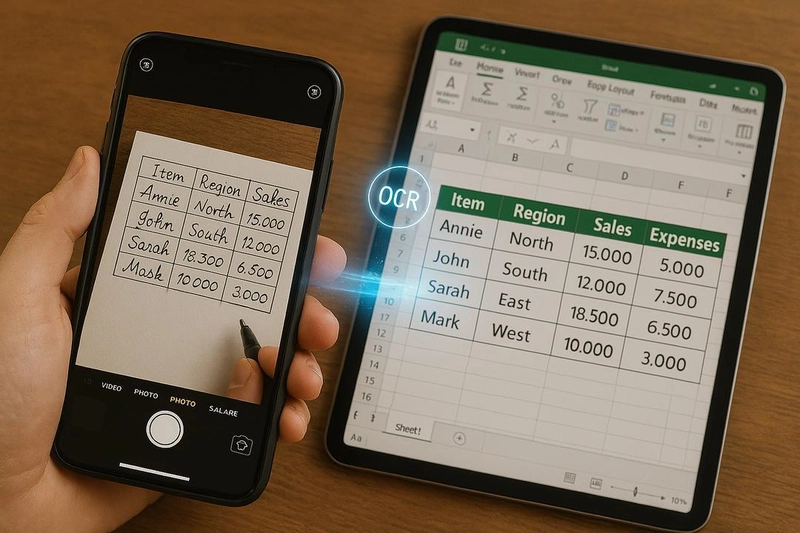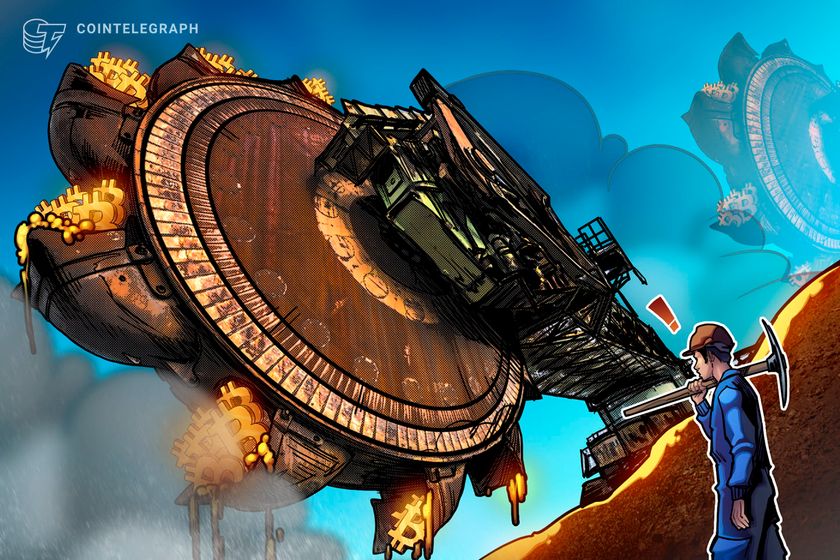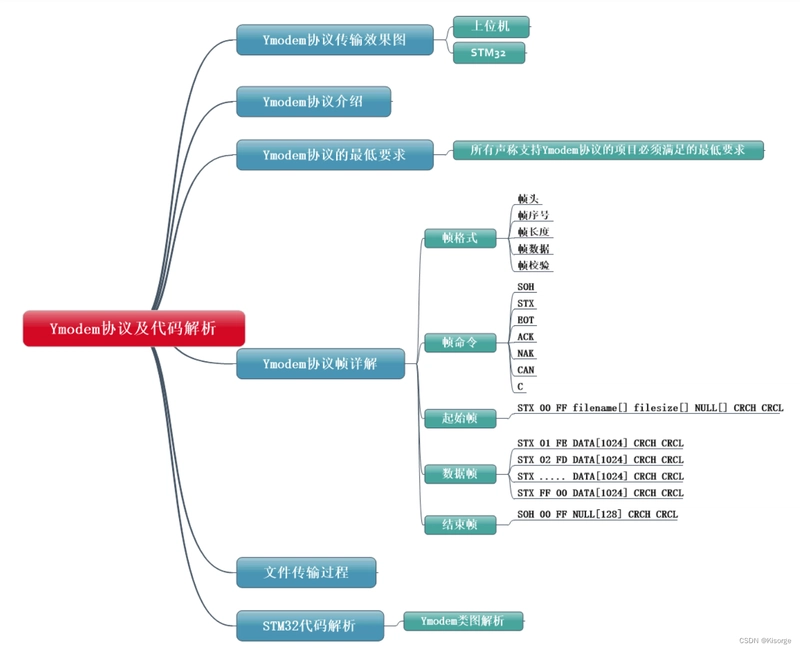The Value of Value Objects in Symfony
Recently, I was working on an article - similar to this one - focused on Domain-Driven Design (DDD) in Symfony. To illustrate the concepts, I spun up a demo project and brought in one of my commonly used libraries, which includes a collection of data type objects. That's when I had an epiphany: my primitive and composite data-type objects were essentially just Value Objects with a different name. This realization led me to shift the focus of my article to Value Objects - an essential but often overlooked concept outside of DDD. What is a Value Object? At its core, a Value Object is exactly what it sounds like - an object that encapsulates a value. But why use them? While there's no single reason that will blow your socks off, they offer clear advantages in making code more expressive, maintainable, and domain-focused. That said, not every value in your entity needs to become a standalone Value Object. Overusing them can lead to unnecessary complexity - like the "array_map() Design Pattern."

Recently, I was working on an article - similar to this one - focused on Domain-Driven Design (DDD) in Symfony. To illustrate the concepts, I spun up a demo project and brought in one of my commonly used libraries, which includes a collection of data type objects.
That's when I had an epiphany: my primitive and composite data-type objects were essentially just Value Objects with a different name. This realization led me to shift the focus of my article to Value Objects - an essential but often overlooked concept outside of DDD.
What is a Value Object?
At its core, a Value Object is exactly what it sounds like - an object that encapsulates a value. But why use them? While there's no single reason that will blow your socks off, they offer clear advantages in making code more expressive, maintainable, and domain-focused.
That said, not every value in your entity needs to become a standalone Value Object. Overusing them can lead to unnecessary complexity - like the "array_map() Design Pattern."








































































































































































![[The AI Show Episode 143]: ChatGPT Revenue Surge, New AGI Timelines, Amazon’s AI Agent, Claude for Education, Model Context Protocol & LLMs Pass the Turing Test](https://www.marketingaiinstitute.com/hubfs/ep%20143%20cover.png)

































































































































![From drop-out to software architect with Jason Lengstorf [Podcast #167]](https://cdn.hashnode.com/res/hashnode/image/upload/v1743796461357/f3d19cd7-e6f5-4d7c-8bfc-eb974bc8da68.png?#)








































































































.jpg?#)































_ArtemisDiana_Alamy.jpg?#)


 (1).webp?#)






































































-xl.jpg)














![Yes, the Gemini icon is now bigger and brighter on Android [U]](https://i0.wp.com/9to5google.com/wp-content/uploads/sites/4/2025/02/Gemini-on-Galaxy-S25.jpg?resize=1200%2C628&quality=82&strip=all&ssl=1)









![Apple Rushes Five Planes of iPhones to US Ahead of New Tariffs [Report]](https://www.iclarified.com/images/news/96967/96967/96967-640.jpg)
![Apple Vision Pro 2 Allegedly in Production Ahead of 2025 Launch [Rumor]](https://www.iclarified.com/images/news/96965/96965/96965-640.jpg)




































































































































